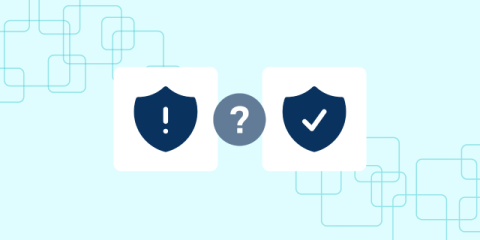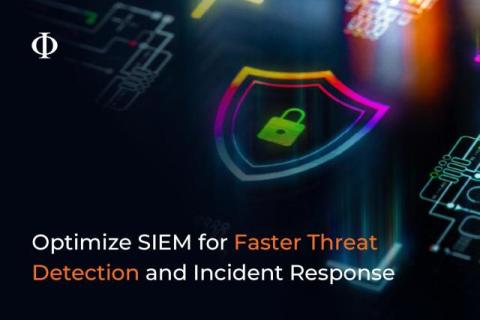Cyber Protection: Best Strategies to Safeguard Your Digital Assets
Cyber threats are a growing concern for businesses of all sizes. As more companies move their operations online, protecting digital assets has become more important than ever. Effective cyber protection is essential to safeguard sensitive data, maintain customer trust, and ensure business continuity. In this article, we'll explore the best strategies for cyber protection, including practical ways to protect against cyber attacks, enhance cyber threat protection, and secure your business against potential threats.











